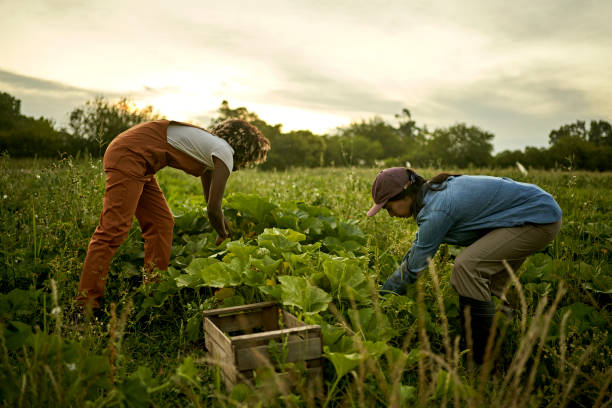
By Erastus Ngaruka, Technical Advisor: Livestock
Agricultural production involves growing crops and rearing livestock, in order to produce a range of commodities or end-products. Farm enterprise diversification is simply the practice of producing a range of commodities as opposed to a single commodity on farmland. Diversification constitutes the process of allocating farm resources or the factors of production land, labor and capital) to different enterprises.
This process identifies valuable or alternative enterprises that are expected to have a significant contribution to extra income generation, cost reduction, or risk minimization on the farm amongst other benefits.
Diversification is not only the introduction of another different enterprise on the farm but can also entail
the production of different commodities from the existing enterprise. For example, the options of
diversification on one hand can be a combination of enterprises such as crop, cattle, chickens, wood,
charcoal, aquaculture, horticulture, and/or agro-processing whereas on the other hand, it can be a
combination of commodities from a single enterprise, for example, a cattle enterprise producing milk,
beef, cheese, cream, and butter.
Diversification is driven by factors such as climate change, changing consumer demand, technology,
government policies, and developmental activities amongst others. These factors exert pressure on
agricultural productivity, thus influencing farmers to adjust or adopt responsive production systems or
practices to ensure sustainability of their farm businesses. Farm enterprise diversification is one of the
responsive approaches to sustainable agriculture, and is a mechanism of promoting food security and
food self-sufficiency.
During the process of decision making, a farmer should consider certain aspects and undertake important
tasks required for the effective implementation of the proposed enterprise. It is important to base the
decision on the type of contribution the enterprise will have on the existing farm business operations, the
market opportunity, and the potential and capacity of the available land or farm resources to support the
additional enterprise.
Diversification starts with the identification of the need or market for the alternative enterprise or commodity. This is where a farmer should understand consumer demand, especially the quality attributes sought after and demand sustainability. This includes, conducting market research, interacting with existing producers, institutions or role-players (e.g., poultry or charcoal associations, farmers unions, etc.) to understand the enterprise value chain, the production needs, and any other relevant information concerning the enterprise. In the process, one should establish strong networks within that industry.
Another important aspect to consider is the financing of the enterprise, the starting capital and all other costs associated with the enterprise production operations. Thus, it is crucial to develop a realistic business plan, identify financing options, e.g., loan, grant, or own funding, and secure funding for the enterprise. An important question to consider is whether the new enterprise will generate extra income at lower costs and risks as compared to the existing enterprise on the farm.
Introducing a new enterprise or commodity on the farm will be a challenging task since it may be a new
experience for the farmer. Adoption and adaptation may be slower in the beginning due to limited skills
or technological challenges, there may be errors, and some of the objectives may take a longer time to be
achieved. It is therefore important to prepare for such and to explore appropriate corrective measures.
Lastly, diversification should be an economic decision for the purpose of expanding the income streams
and spreading the risk of the farm business, “not keeping all the eggs in one basket”.










